It was the morning of my third day in Utah when I realized I’d brought entirely the wrong shoes. Standing at the trailhead to Angels Landing in Zion National Park, I looked down at my once-white sneakers—now a disturbing shade of red-orange from yesterday’s hike through the Narrows—and knew I was utterly screwed for the chain-assisted scramble ahead.
My buddy Dave just smirked and tightened the laces on his proper hiking boots. “Told you so,” he mouthed silently, because being right is apparently more important than being helpful.
That’s the thing about outdoor adventures in the US—they’ll humble you, thrill you, and occasionally remind you that REI exists for a reason. But even with my city-slicker footwear mishaps, those five days exploring Utah’s national parks remain etched in my memory as some of the best days of my life.
Whether you’re an adrenaline junkie or just someone looking to trade Netflix for nature for a weekend, America’s diverse landscapes offer something for every flavor of outdoor enthusiast. From spine-tingling vertical pursuits to peaceful paddle excursions where the only sound is your kayak slicing through still water, the US is practically showing off when it comes to outdoor playgrounds.
Let me walk you through the absolute best US destinations for outdoor activities—places where the air is cleaner, the views are worth the climb, and yes, where proper footwear is non-negotiable.
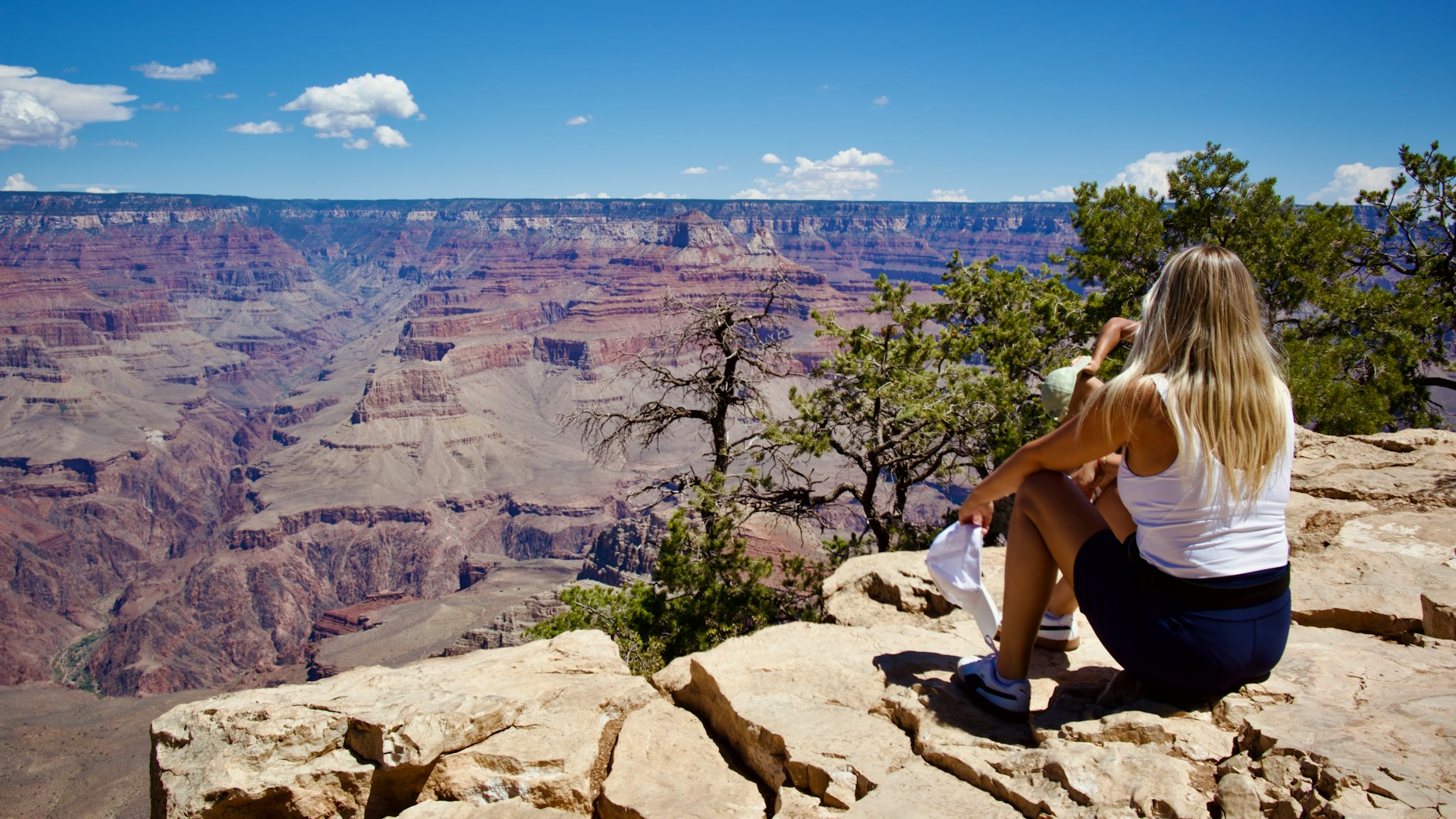
The Call of the Mountains: Top Hiking Destinations
Pacific Northwest Perfection
The Pacific Northwest exists in a category all its own when it comes to hiking—a lush, moody landscape where trails disappear into fog one moment and open to jaw-dropping vistas the next.
Olympic National Park in Washington is essentially three parks in one: misty rainforests draped in moss where you half-expect to see fairies, wild coastlines with tide pools teeming with starfish and anemones, and alpine regions with meadows that explode with wildflowers in summer. The Hoh Rain Forest feels like walking through a film set—everything is impossibly green, draped in moss, and often shrouded in a light mist that makes the whole experience feel enchanted.
Just a few hours south, Mount Rainier National Park offers the chance to hike in the shadow of an active volcano that dominates the skyline. The Skyline Trail at Paradise delivers exactly what the name promises—wildflower meadows so vibrant they look Photoshopped and views of Rainier that make your Instagram followers assume you’re using filters.
In Oregon, Crater Lake National Park showcases what happens when a volcano collapses and fills with millennia of rainfall and snowmelt—you get the deepest, bluest lake in America. Hiking the rim offers views that literally stop hikers in their tracks; I’ve witnessed traffic jams of slack-jawed tourists trying to process the impossible blue of the water below.
Rocky Mountain Majesty
Colorado practically markets itself when it comes to outdoor activities, and for good reason. The state delivers ridiculous natural beauty with relatively easy access.
Rocky Mountain National Park offers over 300 miles of hiking trails ranging from gentle meadow strolls to quad-burning ascents that’ll have you questioning your life choices around mile three. The Alpine Ridge Trail is short but sweet, taking you above 12,000 feet for panoramic views that justify all the heavy breathing. Just remember that altitude is no joke—my friend from sea level tried to sprint this trail and ended up hugging the ground, promising it he’d never take oxygen for granted again.
A bit further south, Telluride combines world-class hiking with small-town charm that’s increasingly rare in trending mountain towns. The Bear Creek Trail leads to a stunning waterfall just outside town, while more ambitious hikers can tackle the 12.1-mile Sneffels Highline Trail, which delivers some of the most spectacular mountain scenery in the country—jagged peaks, alpine lakes, and wildflower explosions that make you question whether you’ve wandered into a Bob Ross painting.
Water Wonderlands: Paddling, Rafting, and Coastal Adventures
Florida’s Crystal Rivers
Florida’s reputation as a flat, theme-park-dominated peninsula drastically undersells its outdoor offerings. Case in point: Crystal River, the self-proclaimed “Manatee Capital of the World.” From November through March, hundreds of West Indian manatees migrate to these spring-fed waters where the temperature stays a constant 72°F.
Paddling alongside these gentle giants—which can weigh up to 1,200 pounds but move with ballet dancer grace—is an experience that recalibrates your perspective on marine life. Just remember that while manatees are curious and might approach you, touching them is illegal unless they initiate contact. My kayak got bumped by what I thought was a submerged log until I realized it was a massive manatee using my boat as a back scratcher.
Another Florida gem is Weeki Wachee Springs, where you can paddle crystal-clear waters so transparent it feels like you’re floating on air. The 5.5-mile paddle downstream is easy enough for beginners but scenically rewarding enough for experienced kayakers—keep your eyes peeled for turtles, fish, and the occasional river otter.
The Wild West: Whitewater Adventures
If placid paddling isn’t your speed, the American West offers whitewater experiences ranging from “pleasant splash” to “reconsider your life insurance policy.”
The Colorado River through the Grand Canyon represents the holy grail of rafting trips—a multi-day journey through two billion years of exposed geology and rapids with intimidating names like Crystal and Lava Falls. This isn’t a spur-of-the-moment adventure; permits are harder to score than Taylor Swift tickets, often requiring years on a waitlist. Commercial trips are easier to book but will set you back a few grand. Worth it? Absolutely. There’s nothing quite like falling asleep on a sandy beach under the stars, with canyon walls towering thousands of feet above and the murmur of the river lulling you to sleep.
For a more accessible whitewater experience, Arkansas River’s Browns Canyon in Colorado offers Class III rapids that deliver excitement without requiring an Olympic paddler’s credentials. The 16-mile stretch through the canyon offers the perfect combination of adrenaline-pumping whitewater and moments of calm where you can catch your breath and soak in the rugged Colorado landscape.
Desert Dreamscapes: Southwest Adventures
Utah’s Mighty Five
I’ve mentioned my shoe debacle in Zion, but that barely scratches the surface of Utah’s outdoor offerings. The state’s five national parks—Zion, Bryce Canyon, Capitol Reef, Canyonlands, and Arches—showcase the raw, sculptural power of erosion on red rock landscapes.
Zion National Park deserves its reputation as the crown jewel. The park’s sheer sandstone cliffs, ranging in color from cream to bright orange, rise thousands of feet from the valley floor. The Narrows hike—which involves wading through the Virgin River as canyon walls close in around you—feels like walking through nature’s cathedral. Just check the weather forecast obsessively; flash floods are no joke.
About 80 miles away, Bryce Canyon National Park feels like stepping onto another planet. The park’s hoodoos—thin spires of rock created by frost weathering and stream erosion—create a landscape so unusual it’s disorienting. The 3-mile Queens Garden/Navajo Loop combination trail takes you down among these formations, and the perspective shift from rim to basin makes you feel like you’ve shrunk to the size of an ant wandering through a forest of stone.
Mountain Biking Meccas
Moab: The Holy Land of Knobby Tires
If there’s a spiritual home for mountain biking in the US, it’s Moab, Utah. This former uranium mining town has transformed into an outdoor recreation hub where bikes often outnumber people.
The Slickrock Trail is arguably the most famous mountain bike trail in the world, a 9.6-mile loop over petrified sand dunes that have been transformed into Martian-looking terrain. The grip that knobby tires get on this sandpaper-like surface defies physics—you can literally bike up and down surfaces that look impossible. Fair warning: this trail has humbled many experienced riders who assumed the “intermediate” rating meant it would be a casual ride. It’s not. The combination of technical features and lung-burning climbs in desert heat creates a challenge that’s as mental as it is physical.
For a slightly less masochistic experience, the Bar M Loop offers 8 miles of easier terrain that still delivers quintessential Moab scenery—red rock formations, distant views of the La Sal Mountains, and that wide-open desert sky that makes you feel wonderfully insignificant.
Sedona’s Red Rock Riding
Two states over, Sedona, Arizona combines world-class mountain biking with mystical energy vortexes. Whether or not you believe in the spiritual properties of these intersections of earth energy, there’s something undeniably magical about biking through landscapes that look like they were designed by a Hollywood set decorator with an unlimited budget.
The Hiline Trail delivers technical challenges and payoff views in equal measure. This 10-mile route includes sections where the trail hugs the edge of a mesa with vertigo-inducing exposure—definitely not for those with a fear of heights or newcomers to the sport. But the vistas of Cathedral Rock and the Verde Valley below are the kind that make you stop pedaling, not for breath, but because your brain needs time to process such overwhelming beauty.
For newer riders, the Bell Rock Pathway offers a gentler introduction to Sedona’s terrain while still delivering those postcard views of the area’s famous red rock formations.
Winter Wonderlands: Beyond the Obvious Ski Destinations
Everyone knows about Aspen and Vail, but some of America’s best winter adventures happen away from the designer shops and $18 après-ski beers.
Backcountry Skiing in the Tetons
Grand Targhee Resort in Wyoming lives in the shadow of its more famous neighbor, Jackson Hole, but receives over 500 inches of light, dry powder annually. The lack of lift lines and pretension makes it a favorite among serious skiers looking for untracked snow without the scene.
For the ultimate in social distancing, the backcountry terrain in Grand Teton National Park offers adventure on an entirely different scale. This isn’t for the inexperienced—avalanche awareness training and proper equipment are essential—but the reward is skiing untouched powder in some of America’s most dramatic mountain landscapes. Guided trips are available through several outfitters in Jackson and offer a safer introduction to this challenging terrain.
Dogsledding in Minnesota
For a winter adventure that doesn’t involve downhill speed, Ely, Minnesota offers the chance to mush your own dogsled team through the snow-covered forests of the Boundary Waters region. There’s something primally satisfying about the swish of runners on snow and the eager panting of dogs who live to run. Several outfitters offer experiences ranging from half-day tastes to multi-day expeditions where you learn to care for the dogs, set up winter camps, and navigate across frozen lakes.
Top Gear and Booking Resources for Your Adventure
Planning outdoor adventures requires both destination knowledge and the right equipment. Here are some essential resources to get you started:
- REI Co-op – REI.com Membership-based outdoor retailer with knowledgeable staff and quality gear rentals for almost any adventure.
- AllTrails Pro – AllTrails.com The gold standard app for finding and navigating trails with downloadable maps for offline use.
- Recreation.gov – Recreation.gov Essential booking site for permits, campgrounds, and reservations at National Parks and Federal recreation areas.
- Hipcamp – Hipcamp.com The “Airbnb of camping” connecting outdoor enthusiasts with private landowners offering unique camping experiences.
- Backcountry – Backcountry.com Online gear retailer with an extensive selection specializing in high-performance equipment.
- Osprey Packs – OspreyPacks.com Industry-leading backpacks with exceptional warranty and design for hiking and travel.
- Hydro Flask – HydroFlask.com Premium insulated water bottles that keep drinks cold for 24+ hours or hot for 12 hours.
- National Park Pass – NPS.gov $80 annual pass covering entrance fees to all national parks and federal recreational lands.
- Patagonia Worn Wear – WornWear.Patagonia.com Secondhand Patagonia gear at reduced prices—quality equipment with sustainability benefits.
- Mountain Project – MountainProject.com Comprehensive resource for climbing routes, conditions, and community beta across the US.
- MTB Project – MTBProject.com Similar to Mountain Project but for mountain biking trails with difficulty ratings and maps.
- Gaia GPS – GaiaGPS.com Premium mapping app with topographic details and route planning capabilities for backcountry adventures.
Final Thoughts: The Trail Awaits
There’s a moment on every great outdoor adventure—usually when you’re exhausted, possibly lost, definitely questioning your life choices—when something shifts. Maybe the light catches a distant peak just right, or a deer bounds across your path, or you reach a summit and the world spreads out beneath you like a living map. In these moments, all the discomfort fades and you remember why you left the comfort of your couch in the first place.
America’s diverse landscapes offer countless opportunities for these transformative experiences. Whether you’re scaling a desert tower in Utah, paddling through Florida’s crystal waters, or skiing untracked powder in Wyoming’s backcountry, these adventures connect us to something larger than ourselves—something increasingly rare in our hyperconnected but often disconnected world.
So lace up your boots (the right ones, unlike me), fill your hydration reservoir, download those offline maps, and go find your adventure. Just remember to leave no trace—these wild places stay magical only if we all do our part to protect them.
Oh, and if you see a guy on Angels Landing in pristine white sneakers looking terrified, maybe lend him a hand? We rookies need all the help we can get.
Frequently Asked Questions
What are the best US national parks for hiking?
Yosemite, Olympic, and Zion National Parks consistently rank among the best for hiking, each offering diverse terrain and iconic trails for all skill levels. Yosemite’s Half Dome and Olympic’s Hoh Rain Forest provide completely different but equally stunning experiences.
When is the best time to visit Utah’s national parks?
Spring (April-May) and fall (September-October) offer ideal conditions with moderate temperatures and smaller crowds. Summer brings intense heat often exceeding 100°F, while winter can be surprisingly cold with occasional snow in higher elevations.
Do I need a permit for backcountry camping in national parks?
Yes, most national parks require backcountry permits for overnight stays, with popular destinations like Yosemite and Grand Canyon often requiring reservations months in advance. Always check recreation.gov for specific park requirements.
What’s the best whitewater rafting trip for beginners?
The Middle Fork of the American River in California and Browns Canyon on the Arkansas River in Colorado offer exciting Class II-III rapids suitable for beginners while still providing spectacular scenery and enough excitement for memorable adventures.
How difficult is the mountain biking in Moab?
Moab offers trails for all skill levels, but its terrain is generally more technical than many other destinations. Beginners should start with the Bar M Loop or Moab Brand Trails, while the famous Slickrock Trail is best suited for intermediate to advanced riders with good fitness.
What essential gear do I need for a day hike?
Even for short hikes, carry the “Ten Essentials”: navigation tools, sun protection, insulation (extra clothing), illumination (headlamp/flashlight), first-aid supplies, fire starter, repair kit/tools, nutrition, hydration, and emergency shelter.
Are there good outdoor destinations near major cities?
Absolutely! Olympic National Park is just 2-3 hours from Seattle, the Delaware Water Gap is accessible from NYC, Shenandoah National Park sits near Washington D.C., and the San Gabriel Mountains provide wilderness experiences near Los Angeles.
How can I find less crowded alternatives to popular destinations?
Research “shoulder seasons” (just before or after peak season), visit on weekdays, explore national forests or BLM lands adjacent to popular parks, or seek state parks that offer similar landscapes with fewer visitors and lower fees.
What outdoor activities can I do in the desert during summer?
Desert summers require extreme caution. Focus on water-based activities like lake kayaking, early morning hikes before temperatures rise, or head to higher elevations where temperatures are 15-20°F cooler than in the lowlands.
How do I prepare for high-altitude activities if I live at sea level?
Arrive at high-altitude destinations 1-2 days before strenuous activity to acclimatize, stay hydrated, limit alcohol, ascend gradually, and consider consulting your doctor about medications like Diamox if you’ve experienced altitude sickness before.
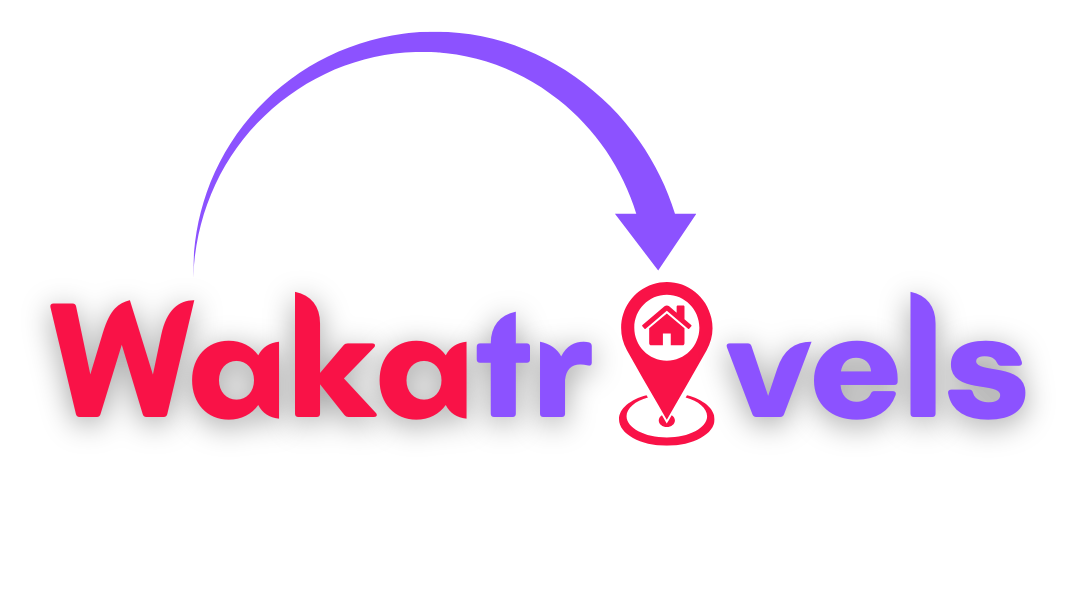
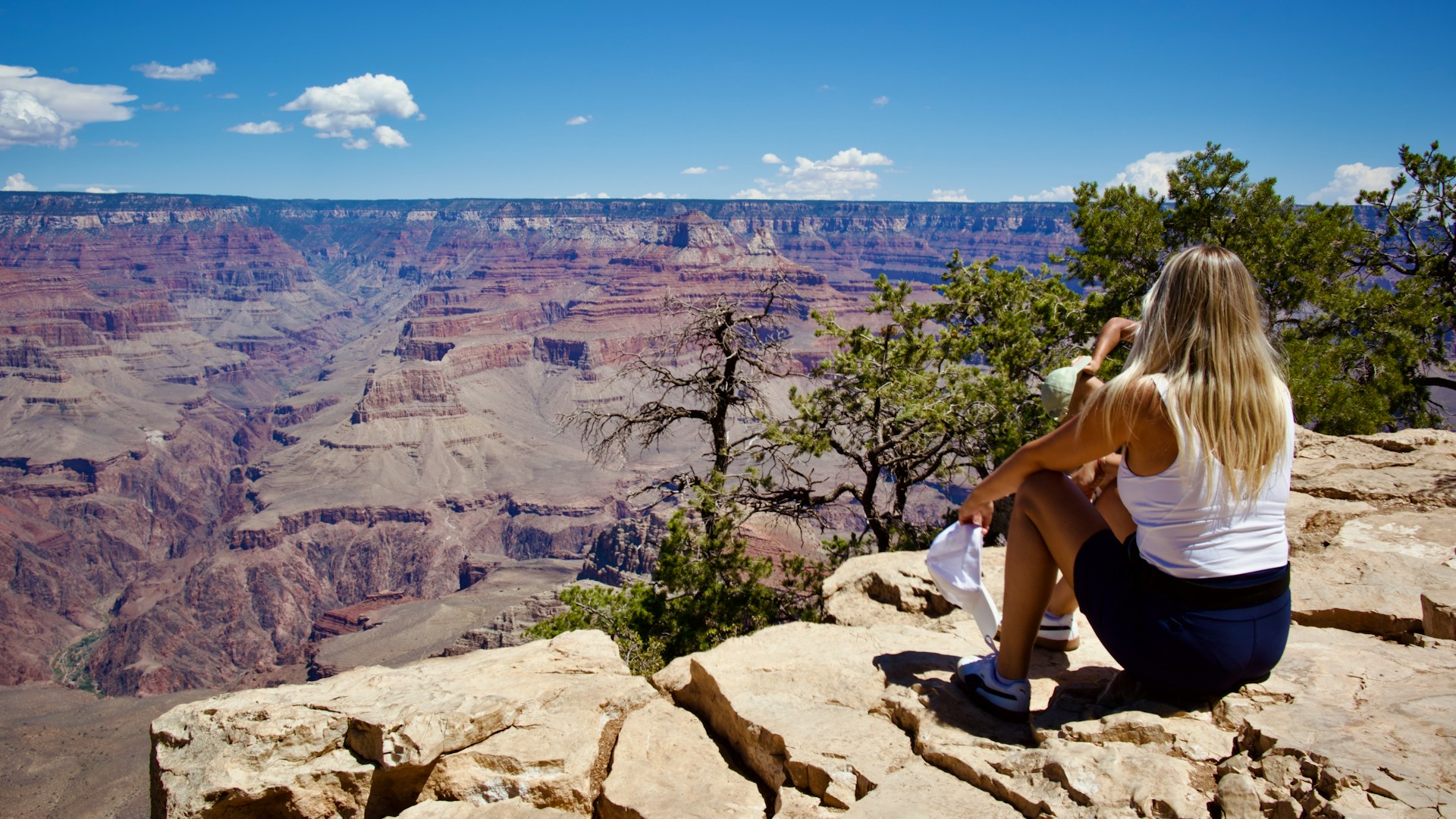
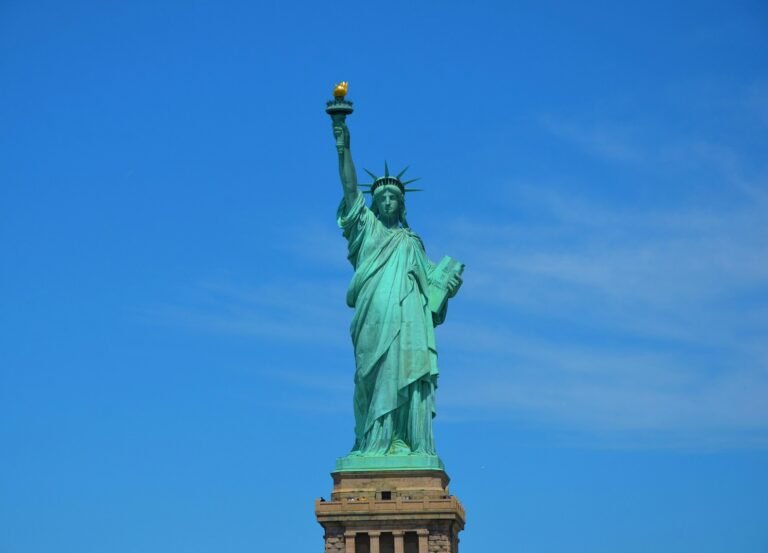
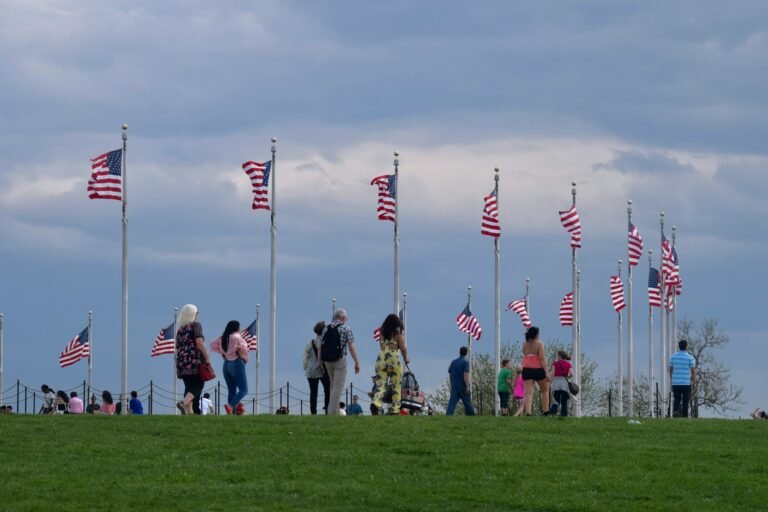
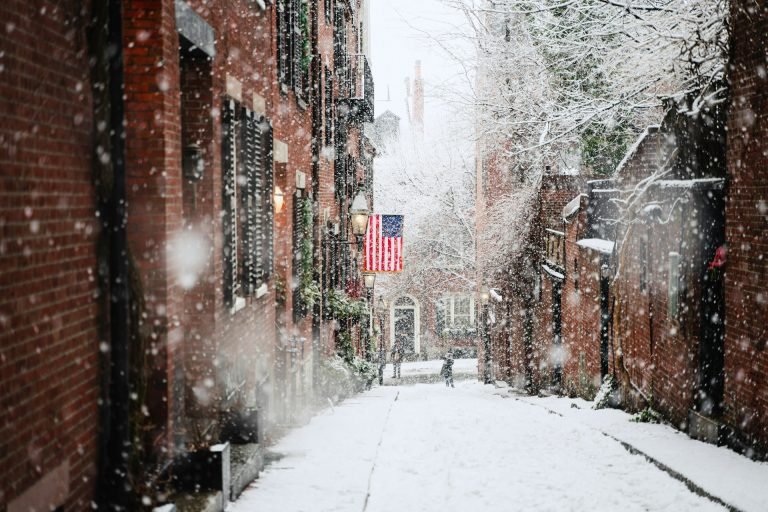

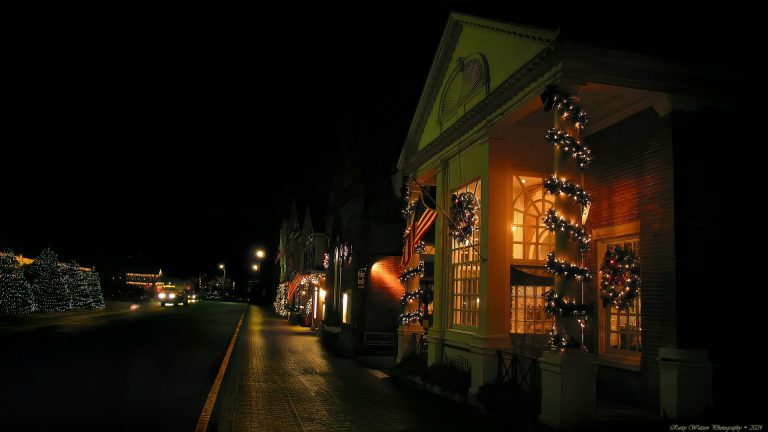
I got what you intend, regards for posting.Woh I am glad to find this website through google. “Success is dependent on effort.” by Sophocles.